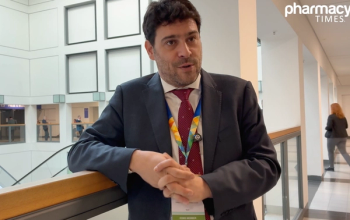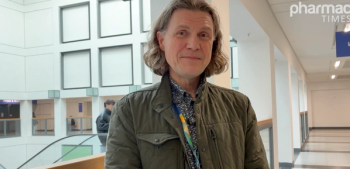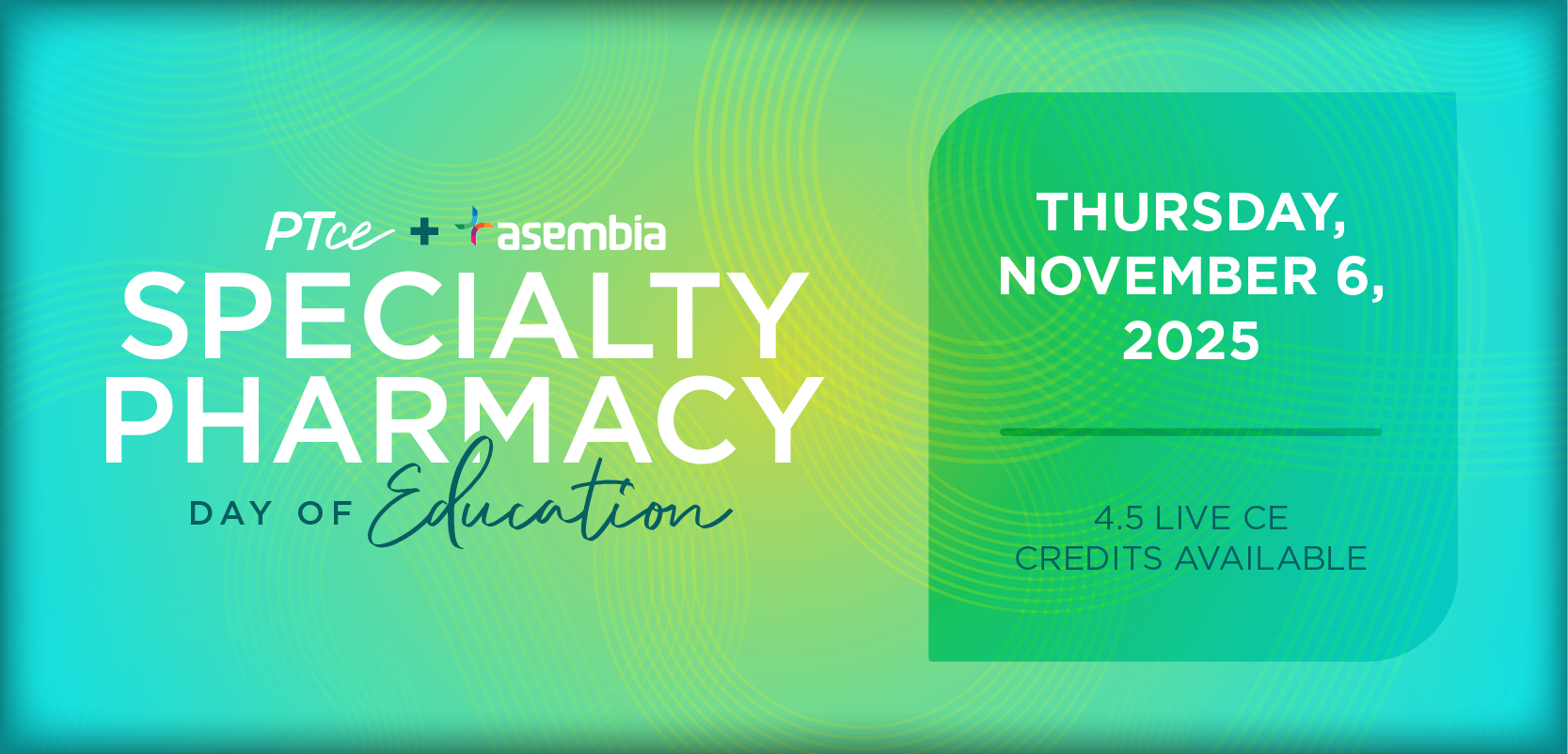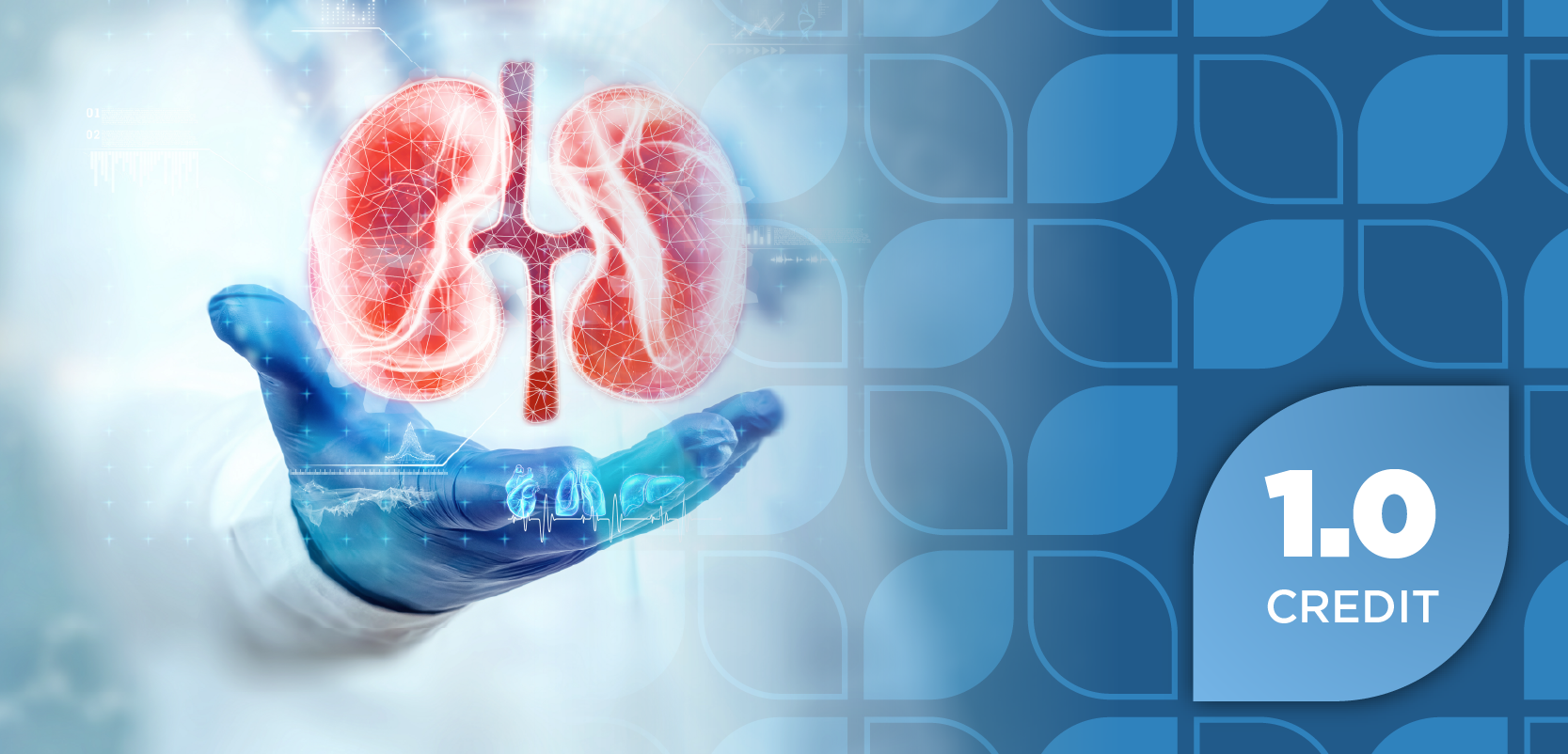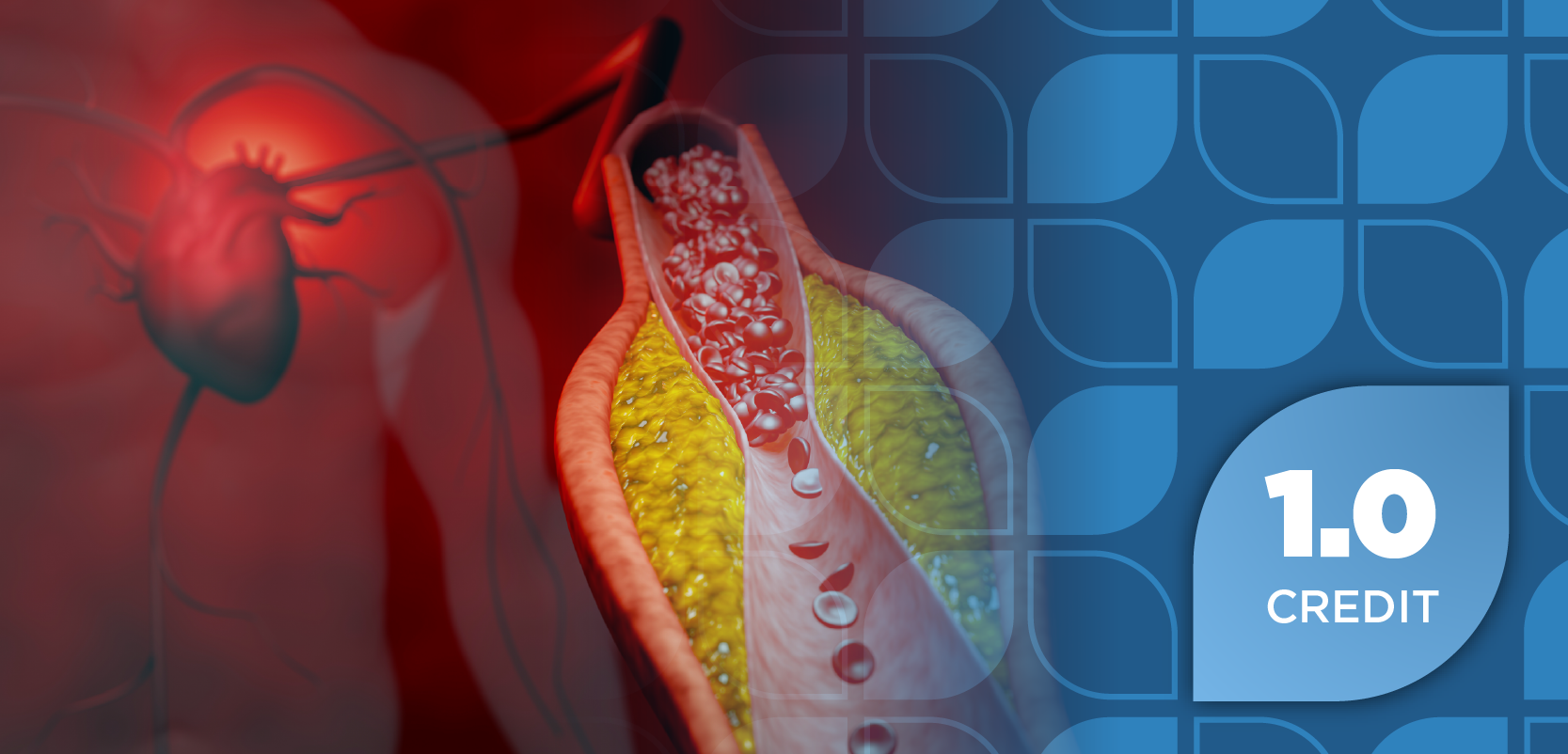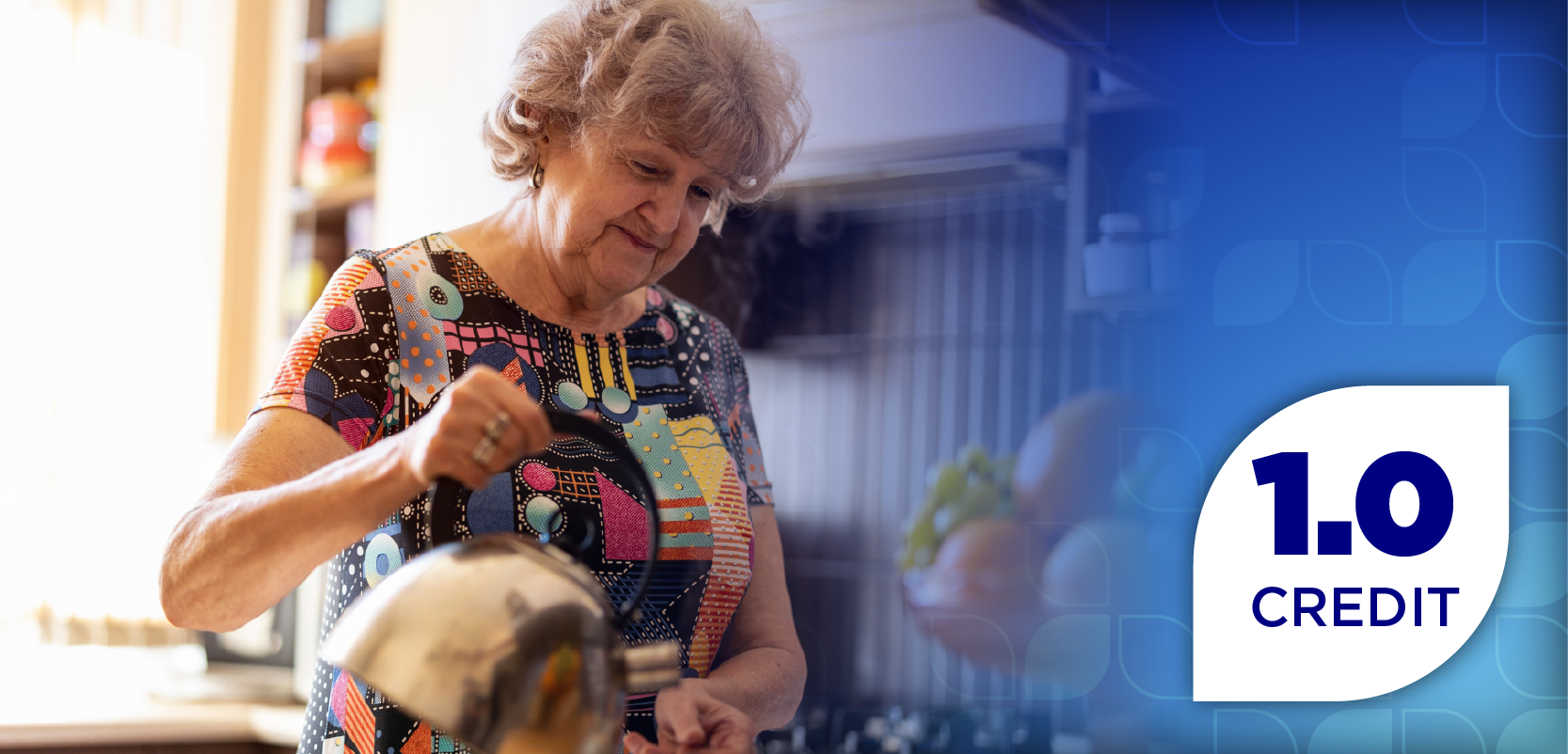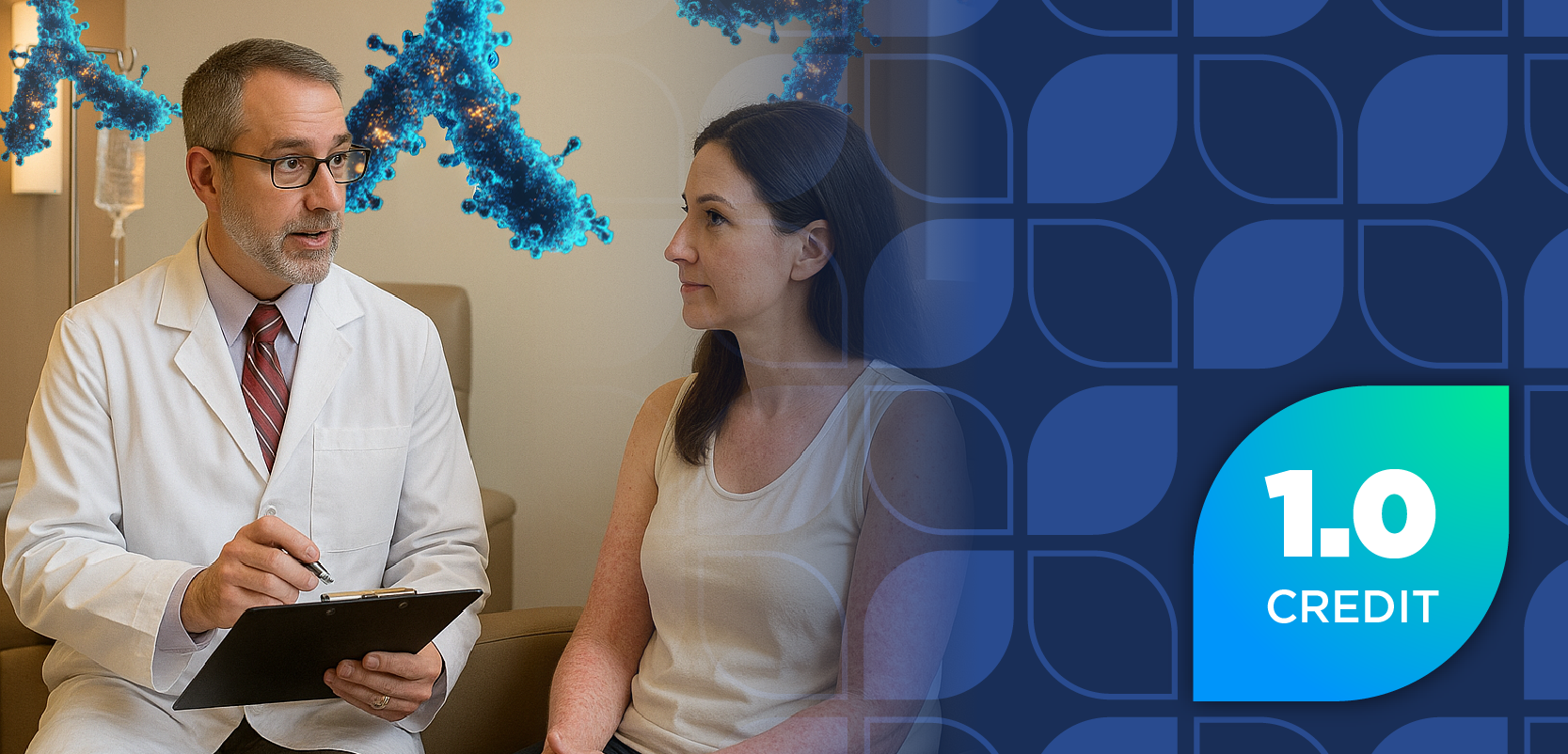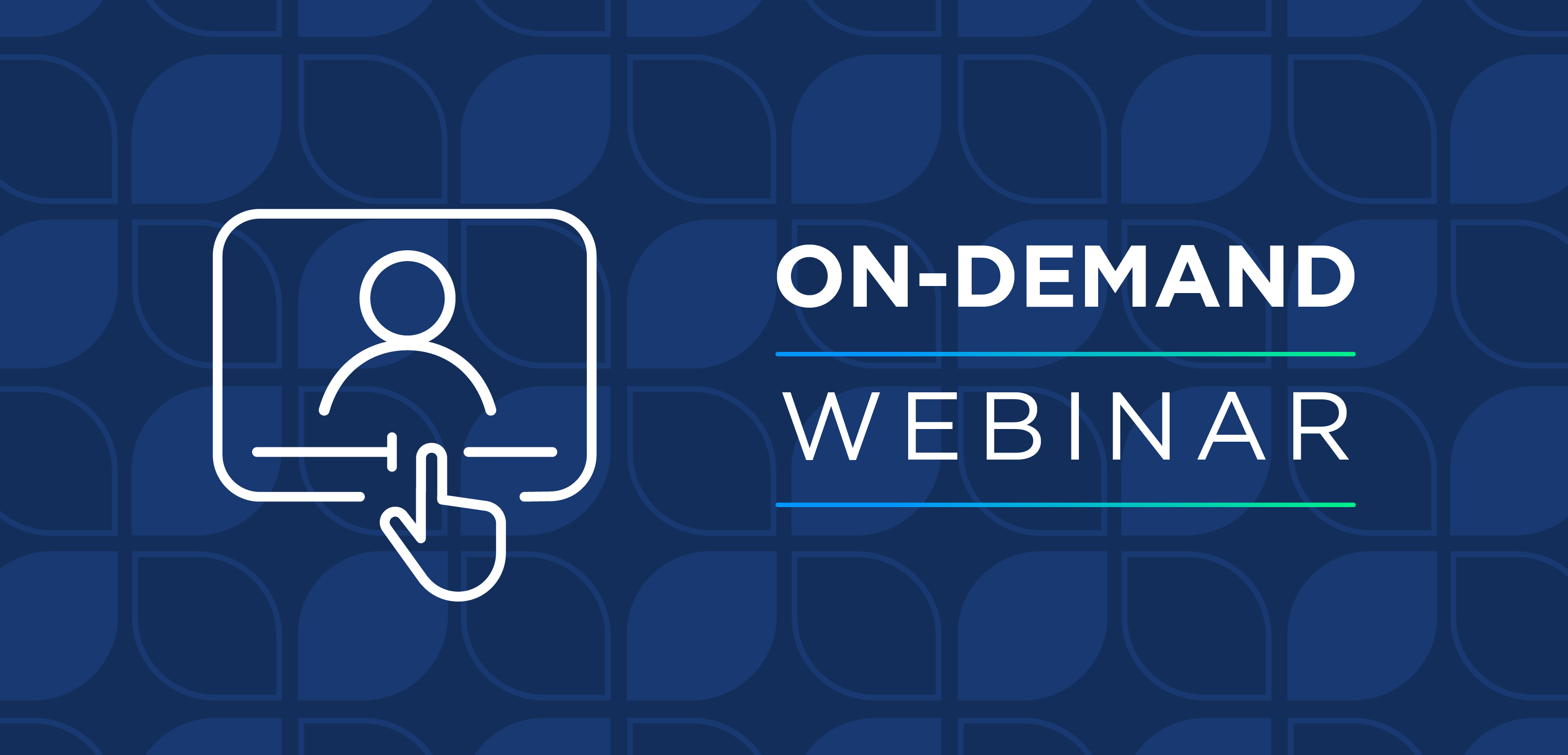
Discrepancies Found Between Drug Costs and Reimbursements
Discrepancies between drug costs and reimbursement from payers grows.
A recent study discovered that generic drug use is dramatically increasing, but pharmacies may not be receiving full
Researchers in a study published by Managed Care Magazine analyzed national average drug acquisition costs (NADAC) published by the US Centers for Medicare and Medicaid Services (CMS) from 2012 through 2015. They discovered the top 50 generic drug increases were from 474 to more than 18,000% within the 3-year period.
But, they found that branded drugs only increased 63 to 391% during this time. Researchers also found that retail pharmacies are not receiving full reimbursement for the drug, making it difficult to make a profit, according to the study.
They examined claims from a retail pharmacy, and how they were reimbursed for the drugs by different payers. Optum reimbursed the pharmacy for $6957.05, but the cost of generics was $8063.
CVS Caremark paid $4649.40, and the pharmacy paid $4899.66. Although not as drastic as Optum, the pharmacy still lost $259.26.
Researchers found that Medco reimbursed $7675.78, but the cost was actually $7912.89. Lastly, Humana reimbursed the pharmacy $4601.67 when the cost was $5024.71, resulting in a loss of $423.04.
According to the study, these payers all reimbursed the pharmacies more than what was owed for branded drugs. Researchers believe that mergers could potentially lead to price increases for generics due to less competition.
Although biosimilars are not chemically or functionally the same as any drug on the market, they may increase the amount of options a patient can have, since patients may respond differently to each option. These drugs are typically costlier than the original drug, the researchers wrote.
They also said that marking drugs as high-risk results in lower prescribing rates and less production of the drug. Due to a smaller supply, the costs are likely to increase.
Researchers find that markups made by pharmacy benefit managers and hospitals can account for lower reimbursement rates. Purchasing contracts may allow hospitals to buy a branded drug at a lower cost than a generic.
Patients will then receive a prescription for a costlier drug, according to the study. Outdates maximum allowable cost data could also lead to lower reimbursement rates for the pharmacies.
Some chain pharmacies have tools that can be used to determine the highest profit manufacturers, but small pharmacies typically do not have this.
Measures are needed to fix discrepancies between the increasing drug prices and the decreasing reimbursement rates. Doing so will lead to better patient outcomes and allow more independent pharmacies to stay in business, the study concluded.
Newsletter
Stay informed on drug updates, treatment guidelines, and pharmacy practice trends—subscribe to Pharmacy Times for weekly clinical insights.


